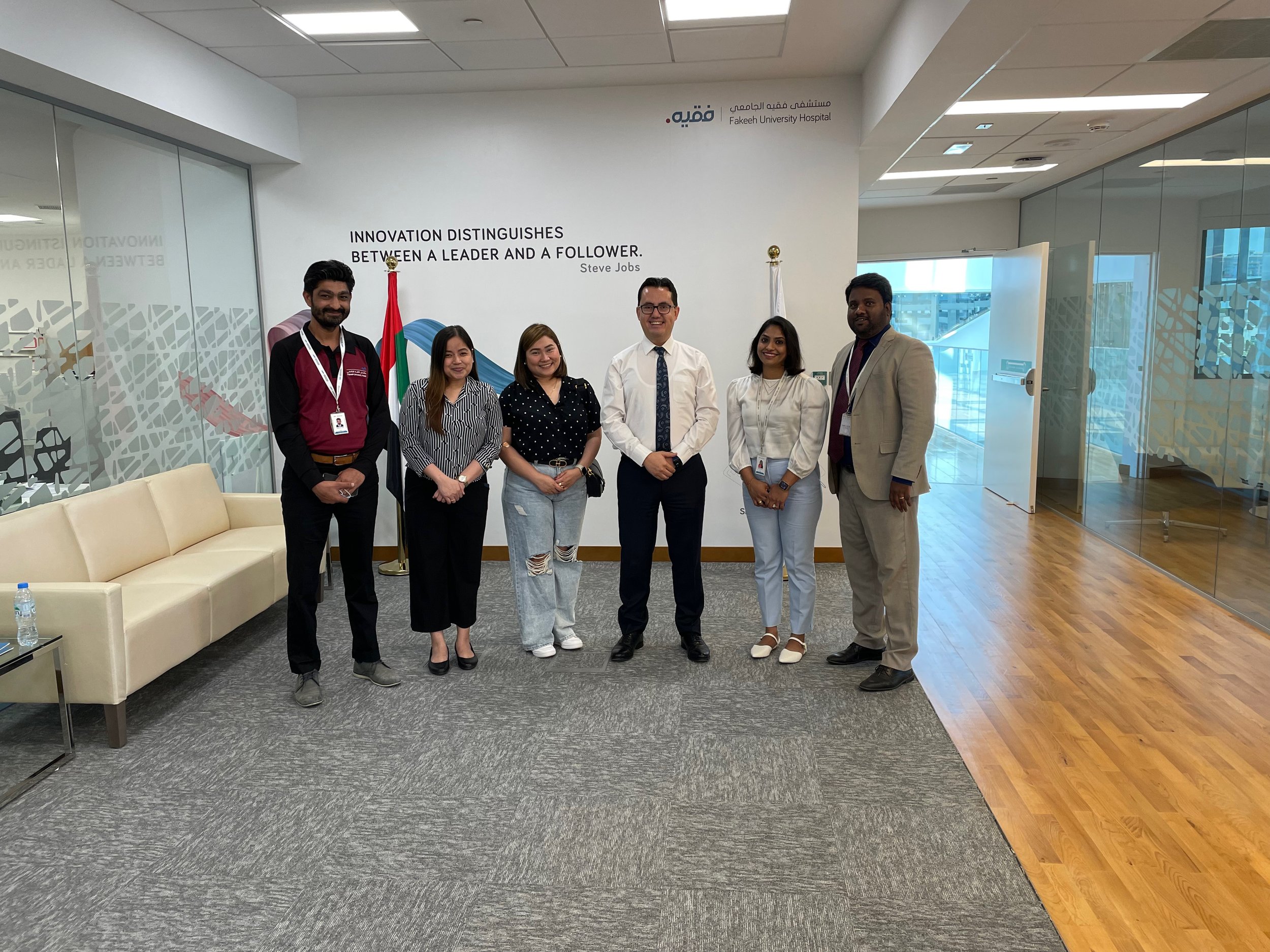Prescription for healthcare workers' well-being; Care, Involve, Check, Share, Engage, Recognize
Healthcare is a demanding industry that is consistently towards the top of the list of the world's most difficult jobs. Working in health care requires a strong dedication. Individuals who work in that sector are aware of this, and all job families strive to make a difference in people's lives. As a result, even a modest smile can make us happy and motivate us. Regardless of these motivations, we must remember that healthcare workers are also human beings who require help to preserve their well-being.
The well-being of health staff has a direct impact on patient safety, result, operational efficiency, and sustainability. We have noticed an increase in burnout instances globally during pandemics, although burnout in healthcare was always an issue prior to Covid. Burnouts can be caused by dynamic changes in care models, staff shortages, and a variety of socioeconomic, cultural, structural, and organizational factors.
Burnout Framework
We prioritize employee well-being in our hospitals. We are all convinced that if your staff does not smile, your patients will never smile. Since our hospital's launch, our leadership team has prioritized employee engagement and well-being. We have implemented a systematic approach to ensure that all of these efforts produce a satisfying result.
Care
Employees will give their all at work if they perceive their managers fully cooperating. We have witnessed a significant gap between management and hospital staff members, particularly during pandemics. Due to infection concerns, hospital administrations stopped conducting rounds, leaving employees to cope with challenging measures alone. In Covid days, we did not stop visiting ICUs and patient wards and demonstrating our collaboration to our workers. We were able to hear feedback and provide needed services to our personnel through such visits (for example, snacks for staff who don't have time to visit the cafeteria to eat).
Involve
Virtual meeting solutions helped us tremendously, not only in handling virtual meetings, but also in managing meetings for large teams. It is difficult for every hospital to provide large meeting rooms for 300-400 persons. We used virtual meeting software to organize simple town hall gatherings for hospital employees. We began holding weekly town hall meetings (named the B-Smart Hub) to tell our team about the operation's status, progress, and new services, new applications, which assisted us in informing staff and involving them in the operation. We always kept our staff aware of the details about hospital operation development.
Check
Frontliners at the hospital are always the best people who understand the needs of the patients as well as the operation. We can only increase overall employee well-being if we interact with them. Surveys helped us in understanding the overall status and comparing it on a regular basis. Press Ganey helps us in managing such surveys as well as benchmarking our hospital against others in the region. In addition to Press Ganey, we have worked with Great Place to Work as an independent survey provider for satisfaction status, which has assisted us in creating another check opportunity and making our hospital as a Great Place to Work.
Share
It is critical to provide employees the opportunity to speak up. The OVR system (Occurrence Variance Reporting) is a fantastic tool that we provide to our employees so that they can submit any idea, event, recommendation, or complaint, allowing us to act quickly. I was also pleased to execute another project known as the one-month letter from the CEO. I send a letter to each and every staff member once they have completed their first month at our hospital, which allows me to establish a connection. While explaining my strategy to individuals, I also provide my office contact information so that they can reach me at any time for assistance.
Engage
Engaged employees are always more confident, strong, and prepared to face problems. We formed the Engagers task force, which was carefully picked from the support services, contact center, HR, nursing, and supply chain teams. We opted not to have members of management staff in order to improve involvement with the rest of the workforce community. Celebrations for various events (Eid, Christmas, Diwali, Onam, etc.), movie nights, talent show, and so forth. Each of these activities assisted us in having stronger engagement with various groups and spending time together, even if only for 10 minutes. In addition, I was pleased to begin lunch with the CEO initiative to meet with 5 staff members from various departments, which is a fantastic opportunity for me to meet and discuss improvement prospects for wellbeing and operational issues.
Recognize
Even at the Chairman's level, every human being seeks recognition. We developed chances for staff appreciation based on numerous models. Departmental and hospital-level programs assisted us in identifying outliers. Aside from individual recognition, we have also recognized teams that have collaborated on a project. On-the-spot recognition has also enabled us to provide a lunch ticket to personnel in response to on-the-spot acknowledgment from our leadership team.
Each of the aforementioned activities assisted us in staying in touch with staff members and managing difficult moments before they became unmanageable. Every hospital may have unique issues that necessitate a different approach to administration; however, the categories will stay mostly same. We, as management, must listen to our employees and collaborate with them to ensure the success of our operation and the well-being of our employees.



